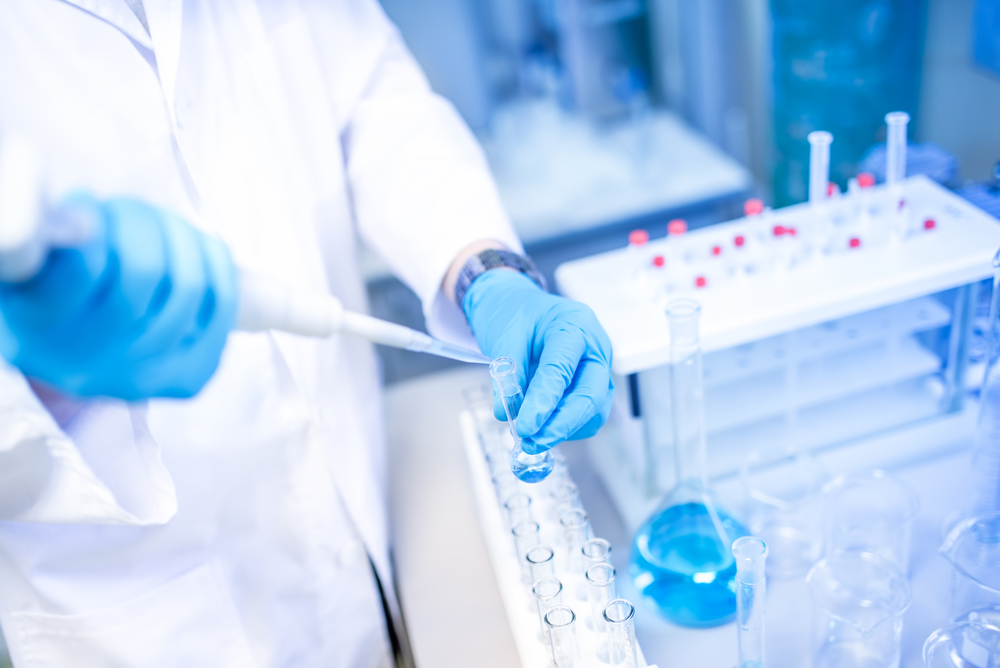Saliva Levels of IL-6 Protein May Help in Diagnosing Primary Sjögren’s
Written by |

Measuring the protein IL-6 in saliva may aid in diagnosing primary Sjogren’s syndrome (pSS), a study reports.
The study, “Association of salivary inflammatory biomarkers with primary Sjögren’s syndrome,” was published in the Journal of Oral Pathology & Medicine.
pSS is a chronic inflammatory and autoimmune disease in which immune cells mistakenly attack the salivary glands, among other moisture producing glands, causing “dry mouth” (xerostomia). These immune cells produce small proteins known as cytokines that are responsible for mediating inflammatory responses.
Previous studies have found the cytokines IL-6, IL-4, and IL-5 to be involved in Sjögren’s onset and progression. Other studies also reported high amounts of cytokines in biopsy samples of salivary glands, saliva, and the blood of people with pSS.
Biomarkers in saliva are simple and noninvasive diagnostic tools already in use to diagnose Sjögren’s syndrome.
A team led by scientists at Complutense University in Madrid, Spain, conducted a study to determine if the levels of IL-4, IL-5, and IL-6 cytokines could help in diagnosing primary Sjögren’s.
The team also evaluated a possible link between cytokine levels and saliva production, patient-perceived levels of dry mouth, other non-glandular manifestations of the condition, and patient-reported impact on oral health quality of life.
Their study included 36 women with pSS (mean age, 56.58) and 35 healthy people (mean age, 54.40) serving as controls.
Results showed that people with pSS produced less saliva, both in stimulated and unstimulated conditions, than did controls.
In addition, IL-6 levels were seen to be significantly higher in people with pSS compared with healthy controls — 9.73 picograms per milliliter (pg/mL) vs. 0.93 pg/mL in controls.
Within the pSS group, those with lower stimulated saliva production had higher IL-6 levels. The same result was observed in those with lower unstimulated saliva production, but it did not reach statistical significance.
In turn, cytokines IL-4 and IL-5 were almost undetectable in both patients and controls.
According to the team, the results for IL-6 “were very robust and corroborate previous reports using this cytokine as a biomarker for SS,” they wrote.
Of note, IL‐6 levels were also significantly higher in people who had lesions on their minor salivary glands and musculoskeletal disorders associated with pSS.
Scores of patient-perceived level of xerostomia, measured by the Visual Analogue Scale (VAS), were significantly greater in pSS patients than in healthy people. The impact of dry mouth on oral health quality of life, measured by the Oral Health Impact Profile-14 (OHIP-14) questionnaire, was also significantly greater in pSS patients than controls.
An association between higher IL‐6 levels and greater VAS and OHIP‐14 scores was observed in pSS patients, but did not reach statistical significance.
“In conclusion, IL-6 levels in saliva were significantly higher in patients with pSS compared with healthy controls and in these patients IL-6 salivary levels were associated with the severity and progression of the disease,” the team wrote, suggesting IL-6 as a potentially useful biomarker “in the diagnosis and follow‐up of this disease.”





